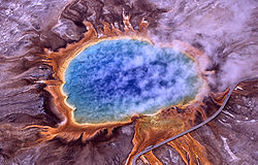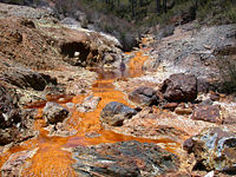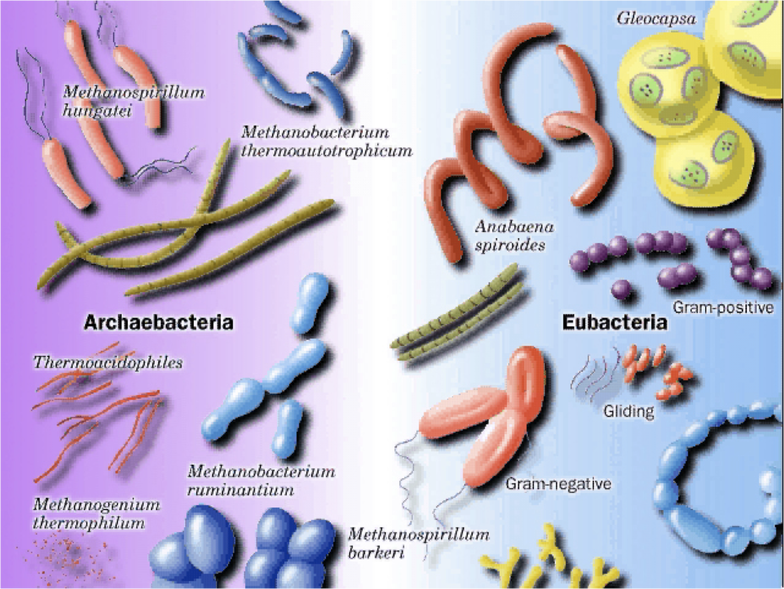Main Groups of Bacteria
The domain of Prokaryotes is divided into two main groups of organisms: Archaeans and Bacteria. Archaeans are the oldest and most primitive forms of organisms we know of, and were previously considered to be a kingdom of bacteria called "Archaeabacteria", but since 1990 have been re-classified with a domain unto itself. Archaea do not require oxygen or light and can live in some of the most extreme conditions where no other organisms seem capable of surviving, such as swamps, salt lakes, and thermal vents. They have also been found to live throughout all other habitats as well, such as the ocean and certain organs of the human body. They tend to exist as mutualists and commensalists, while none have been found to be parasites or pathogens. Three types of Archaea include:
- Methanogens - Archaeans that live in anaerobic conditions, such as swamps and marshes, and produce methane. eg. Methanobacterium ruminantium.
- Halophiles - Archaeans that require high salt concentrations, such as the Dead Sea or Great Salt Lake, Utah. eg. Halococcus dombrowskii.
- Thermoacidophiles - Archaeans that live in very hot, acidic environments, such as geothermal geysers. eg. Alicyclobacillus acidocaldarius.
Eubacteria are the most common type of prokaryote and what we typically refer to when we speak of bacteria, the term meaning "true bacteria". With 12 different phyla, there are a huge variety of types of Eubacteria, including Gram-positive, Gram-negative, Gleocapsa, Gliding, Anabaena spiroides, etc.



